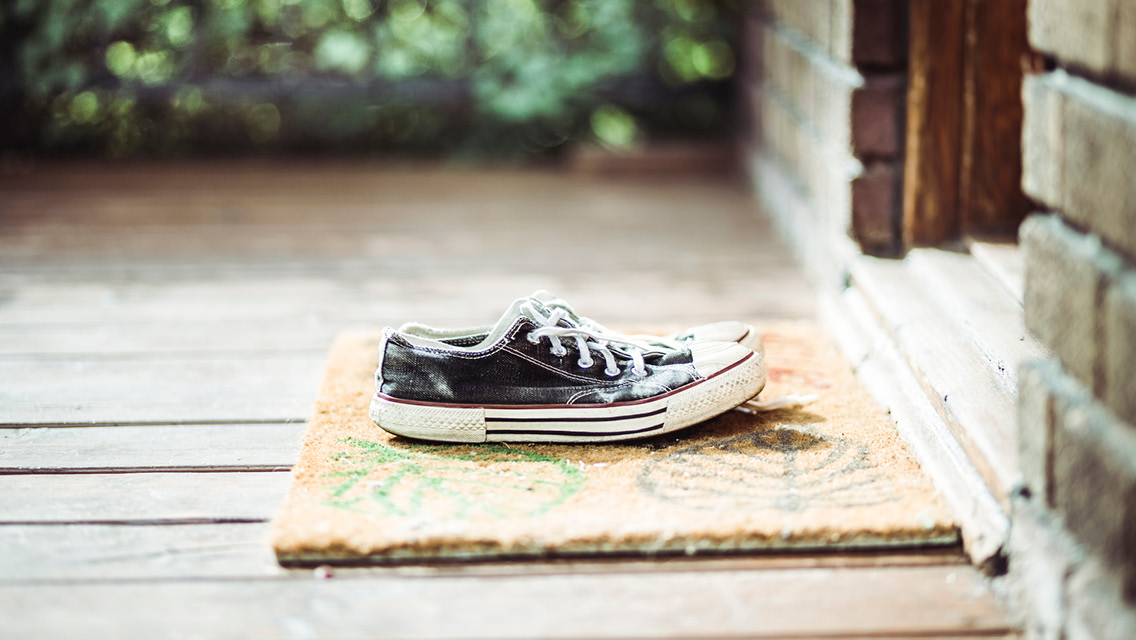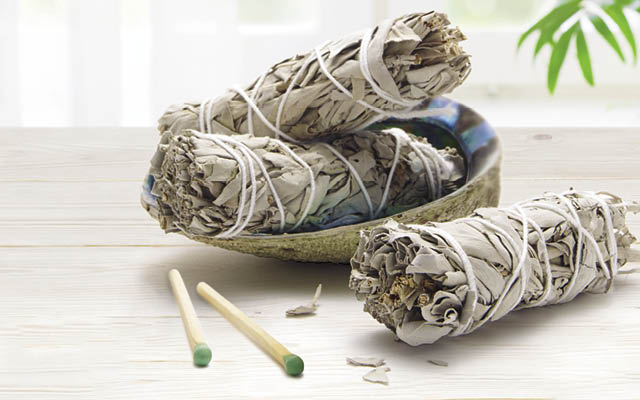1. Take Off Your Shoes
One of the easiest things you can do to prevent pesticides and other contaminants from entering your home is to take your shoes off at the door. Wall-to-wall carpeting, in addition to being made with extremely toxic chemicals, also turns out to be an excellent repository for dirt, toxins, and mold spores.
Ripping out all the carpet in your home can be a big step, so remove it from the bedrooms first, since we spend about seven or eight hours a night there. Children’s bedrooms are especially important, since babies and young children are especially susceptible to toxins while developing neurologically; also, because they are smaller, the chemical load they absorb is proportionally larger. Young kids live their lives closer to the ground, and therefore closer to the dangers posed by carpets.
If carpet removal isn’t an option, clean frequently with a vacuum fitted with a HEPA filter, and change that filter often. A regular vacuum might actually do more harm than good, recirculating allergens back into the air.
2. Dust Up Toxins
Ignoring the dust bunnies behind your couch might be a little harder to do once you know what’s actually in them. Besides pet dander, mold spores, and human hair and skin, one study found 35 toxic industrial chemicals that have been shown to cause reproductive, respiratory, and other health problems in humans and animals. The most common chemicals were phthalates, which are plasticizers used to soften vinyl. The chemicals arrive on your feet (take your shoes off at the door), through windows and doors, and from products inside your home that “shed” chemicals with use.
To prevent dust-bunny proliferation, mop floors and wipe down furniture with a wet cotton or microfiber cloth.
3. Kill Pests Kindly
Pesticides and herbicides may work on their intended targets, but they can wreak havoc on human bodies as well. Try less toxic measures. Getting to know your bugs is the first step in eradicating them. Identify what the pest is, learn its habits, and get to the root of the problem. For example, Baker-Laporte notes, termites tend to invade a house that already has too high a moisture level. The Pesticide Action Network (www.panna.org) is a helpful resource for other alternatives, offering specific remedies for eradicating everything from ants to yellow jackets.
4. Clean the Old-Fashioned Way
We’ve gotten to the point where our aversion to dirt has prompted us humans to develop cleaning products that pose their own hazards. Pine- and citrus-based-oil cleaners, for example, can produce cancer-causing formaldehyde. The active ingredient in antibacterial soap is triclosan, which is linked to liver toxicity and, at low levels, may disrupt thyroid function.
To find products that are truly “green” — for the environment and for you — look for the Green Seal or EcoLogo, which indicate independent certifications.
Or, do like Grandma did, and make your own cleaning products. Diluted white vinegar is great for washing windows, and baking soda with water makes a paste that’s handy for scrubbing. And, when it comes to washing your hands, plain old soap and water will do just fine. (Clean your home safely — and cheaply — with these recipes at “6 DIY Cleaner Recipes“.)
This was excerpted from “Detox Your Home” which was published in the January/February 2014 issue of Experience Life.





This Post Has 0 Comments